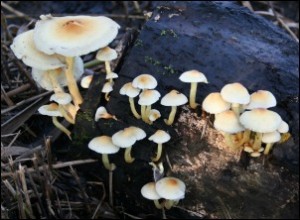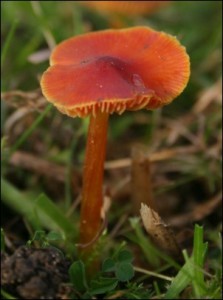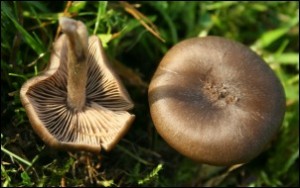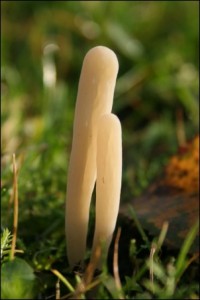November fungi
We're now seeing our second autumn flush of fungi, following something of a dearth of fungus during a mild , almost summery, dry October. The weather's slightly more autumnal now and the fruiting bodies of many species are popping up all over the reserve.
Over the years, we have recorded scores of species of fungi on site. Here are a few we've spotted recently...

Sulphur tuft is a common woodland mushroom - not one we'd typically expect to see in a wetland habitat. But here we've found some growing on a log in the reedbed.

Vermilion waxcaps are found all over the world - here at London Wetland Centre they can be seen growing in grassy patches. The larger, conical-capped blackening waxcap can also be found on the reserve .

There are plenty of pinkgill fungi growing on the turf wall around the Iceland exhibit in World Wetlands. These have proved tricky to identify but the most likely species are silky or lilac pinkgill.

Finally, these small spikes are pointed club fungus, another grassland species. These were found growing in the sheep-grazed fields on site. The sheep dung, coincidentally, being the perfect habitat for dung fungi including the dung roundhead.
Top spots on site to find fungi below - please remember to stick to the paths and that you should never pick any plants or fungi at London Wetland Centre :
Grassland areas are great for waxcaps, puffballs, coral fungi, mushrooms, parasol mushrooms, inkcaps, poisonpies;
Dead wood and brash piles: bracket fungi, woodwarts, pholiotas, sulphur tuft;
Woodchip: the red-lead round-head;
Birch trees: brown birch bolete, brown rollrim and bearded milkcap


